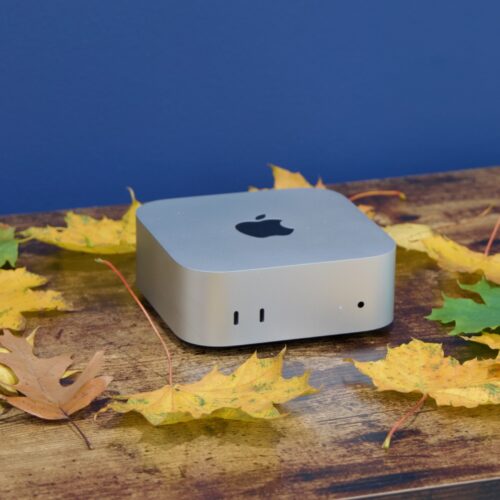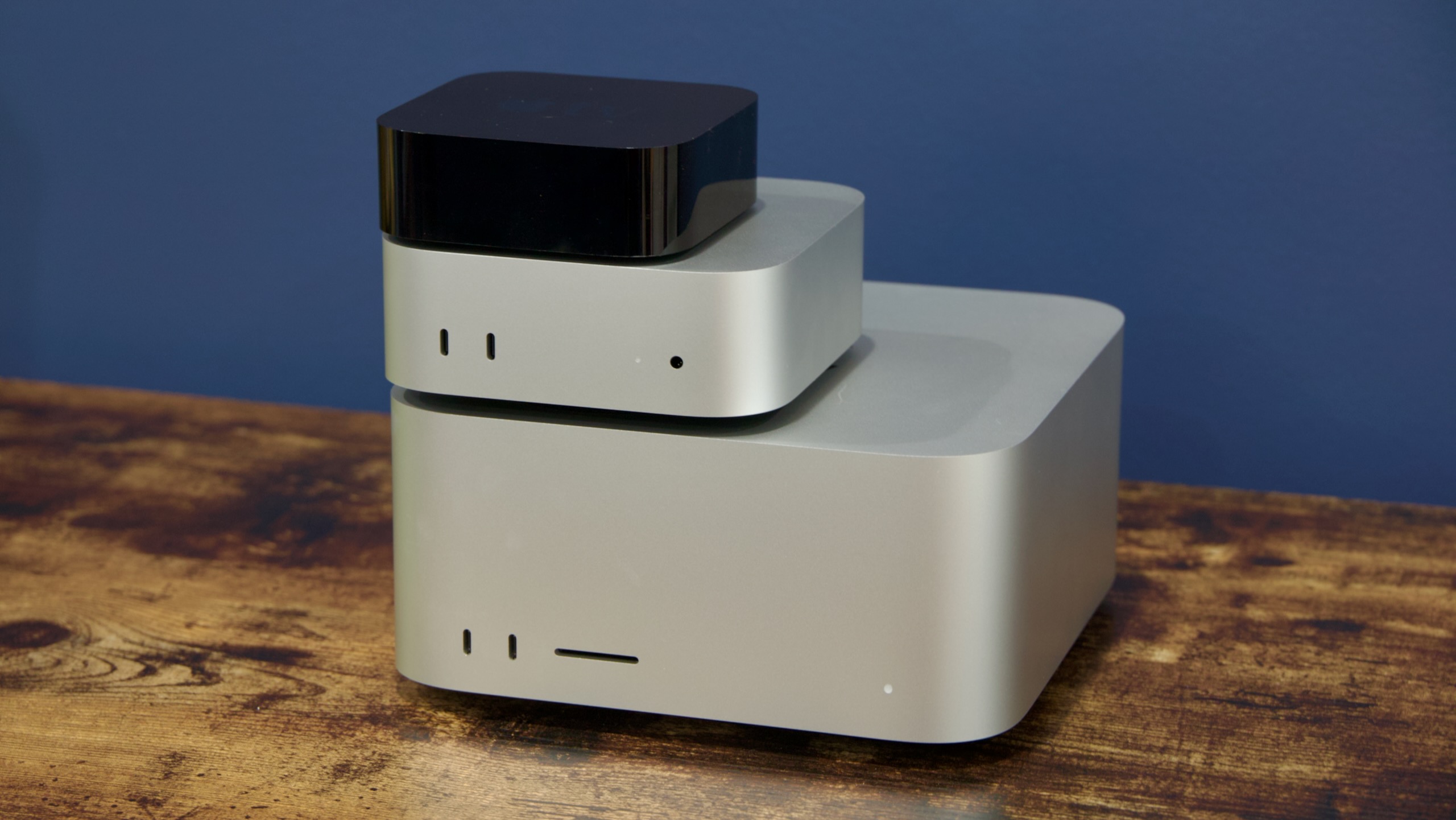
Share To Alt-Tech
This article was originally published on ARS Techica - Tech. You can read the original article HERE
In our tests on the Mac mini, any performance gain from using High Power mode was essentially negligible, so small that we haven't bothered to make charts showing the difference—there are signs of a very small upward nudge in a couple of GPU tests, but all the CPU tests and many of the GPU tests show differences that are essentially within the margin of error.
While performance is a bit of a wash, fan noise is considerably increased under High Power mode. The Mac mini is mostly inaudible most of the time, the same way most Apple Silicon Macs have been, but under sustained CPU or GPU load, the mini emits a louder whoosh that you'll definitely hear unless you're wearing headphones. That could be a sign that, over many hours of activity, High Power mode will produce better or more consistent results than most of our tests, which generally take no more than a few minutes to run. But from where I sit, the benefits of High Power mode in the M4 Pro Mac mini are negligible, and the downside is noticeable. I would generally leave it turned off.
The default desktop Mac

Apple's new Mac mini, sandwiched in between a Mac Studio and Apple TV. Credit: Andrew Cunningham
I've always liked the Mac mini, and the ones Apple sends for reviews are always the idealized versions of the machines: plenty of RAM, plenty of storage, and fully enabled chips. But those upgrades drove the price up quickly, and the entry-level version of the Mac mini that was meant to exist as an inexpensive, competent desktop computer has always been harder to recommend than I really wanted it to be.
The M4 and M4 Pro Mac minis are the best ones Apple has ever made because they're good mini workstations and good entry-level PCs. The M4 combined with 16GB of RAM means the $599 mini can handle basic browsing and office use; casual photo, audio, and video editing; and high-resolution multi-monitor setups. The M4 Pro version of the mini is an excellent replacement for any power user's aging Intel iMac, with a level of CPU performance, display capabilities, and RAM capacity that required an expensive M1 Ultra Mac Studio just a couple of years ago.
This article was originally published by ARS Techica - Tech. We only curate news from sources that align with the core values of our intended conservative audience. If you like the news you read here we encourage you to utilize the original sources for even more great news and opinions you can trust!










Comments